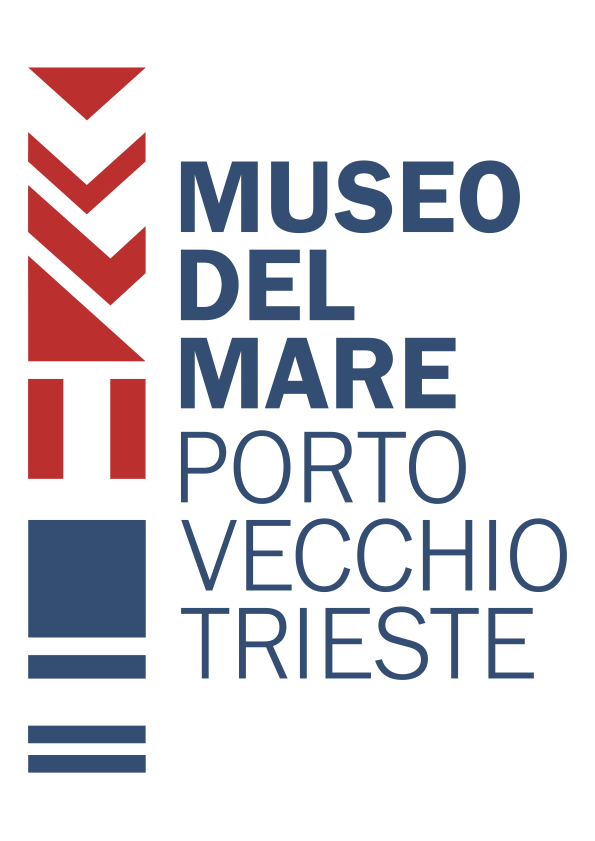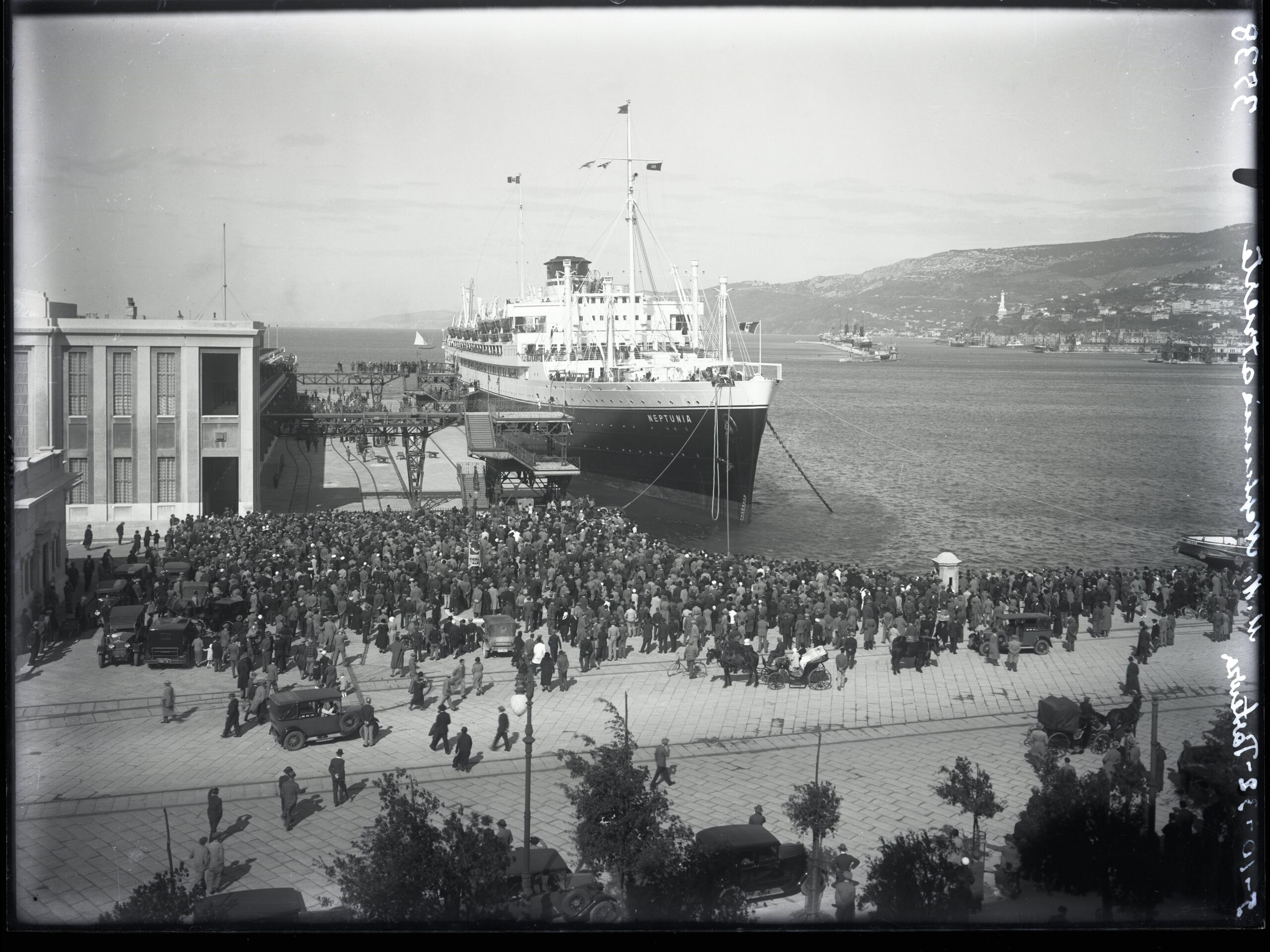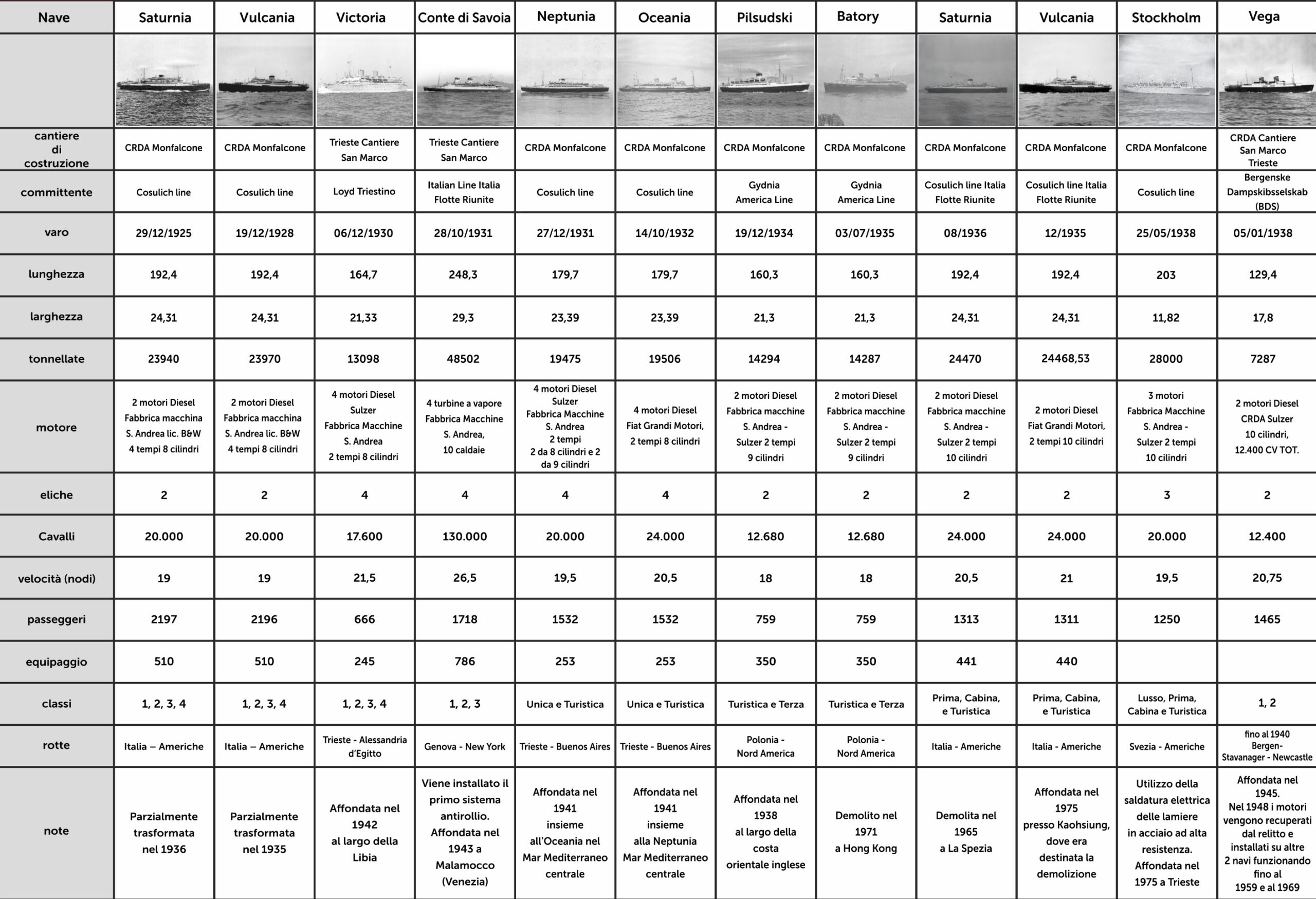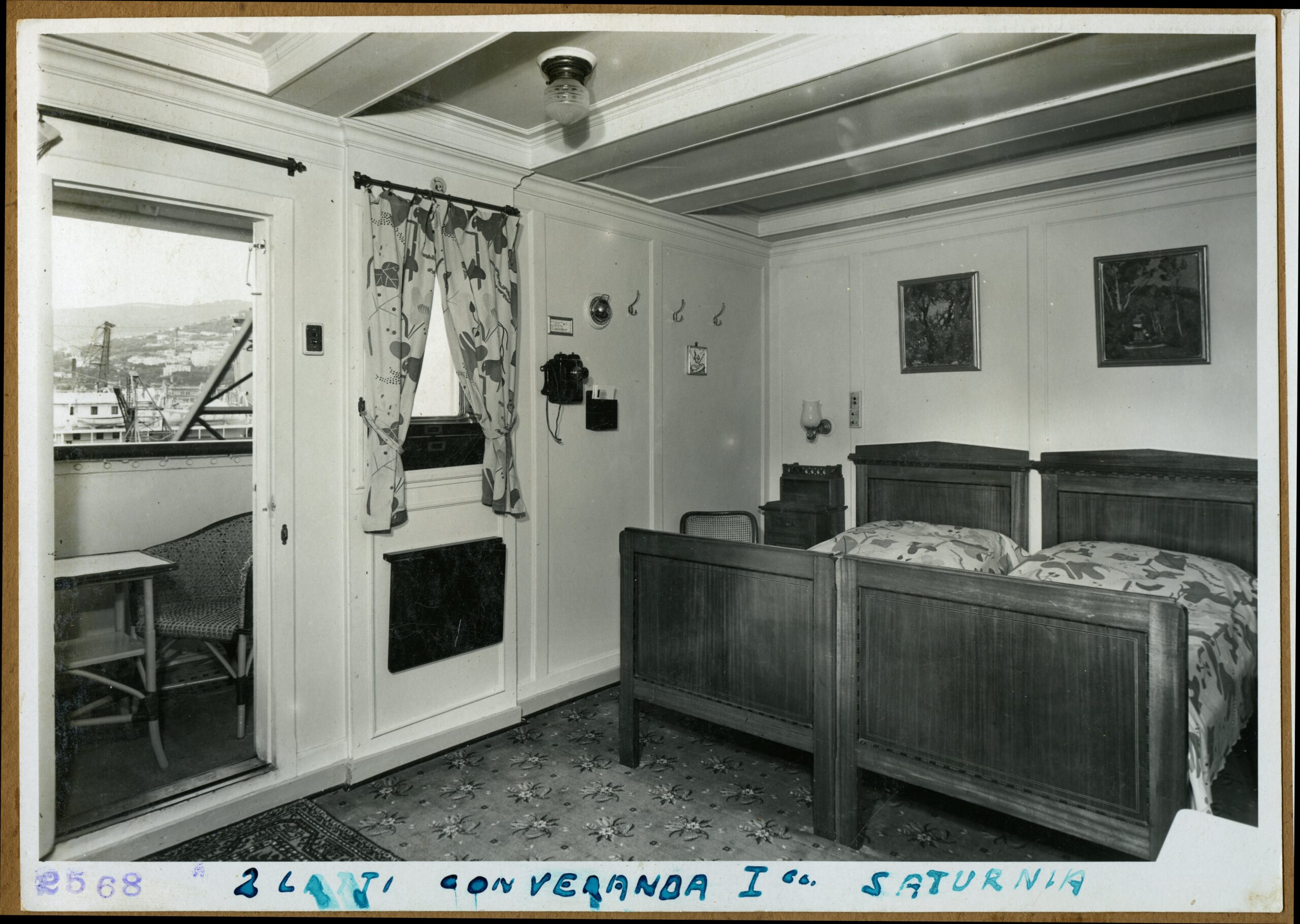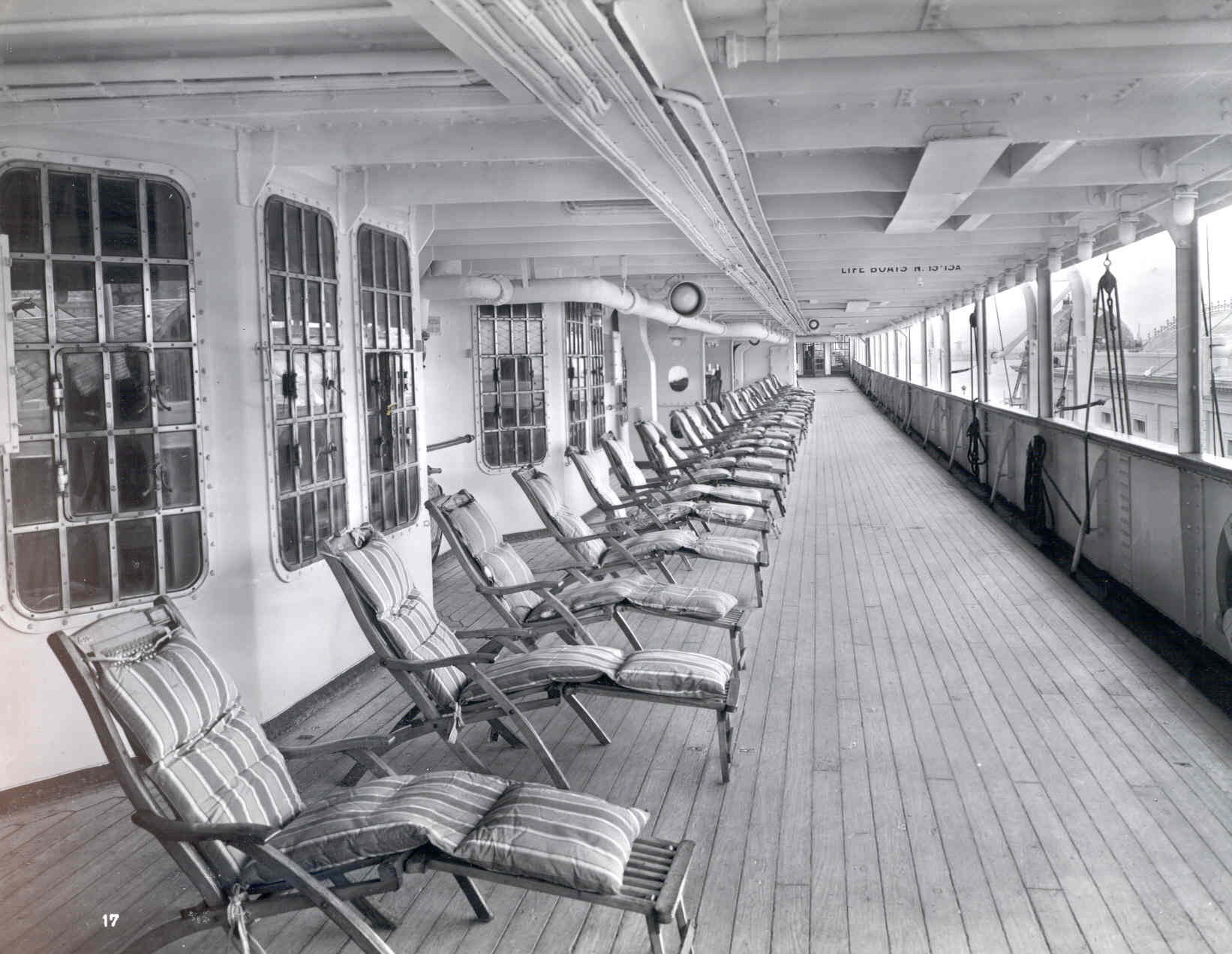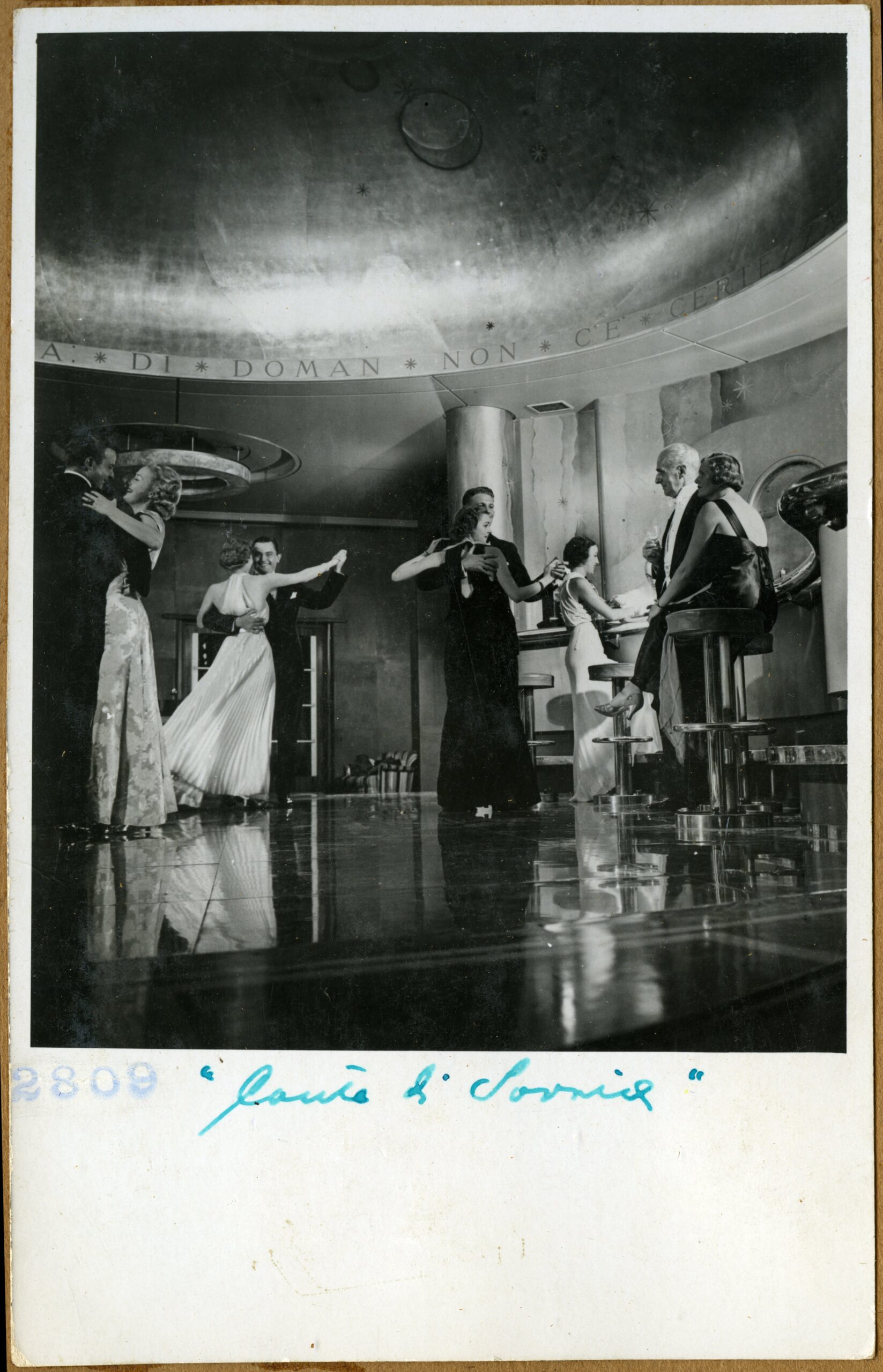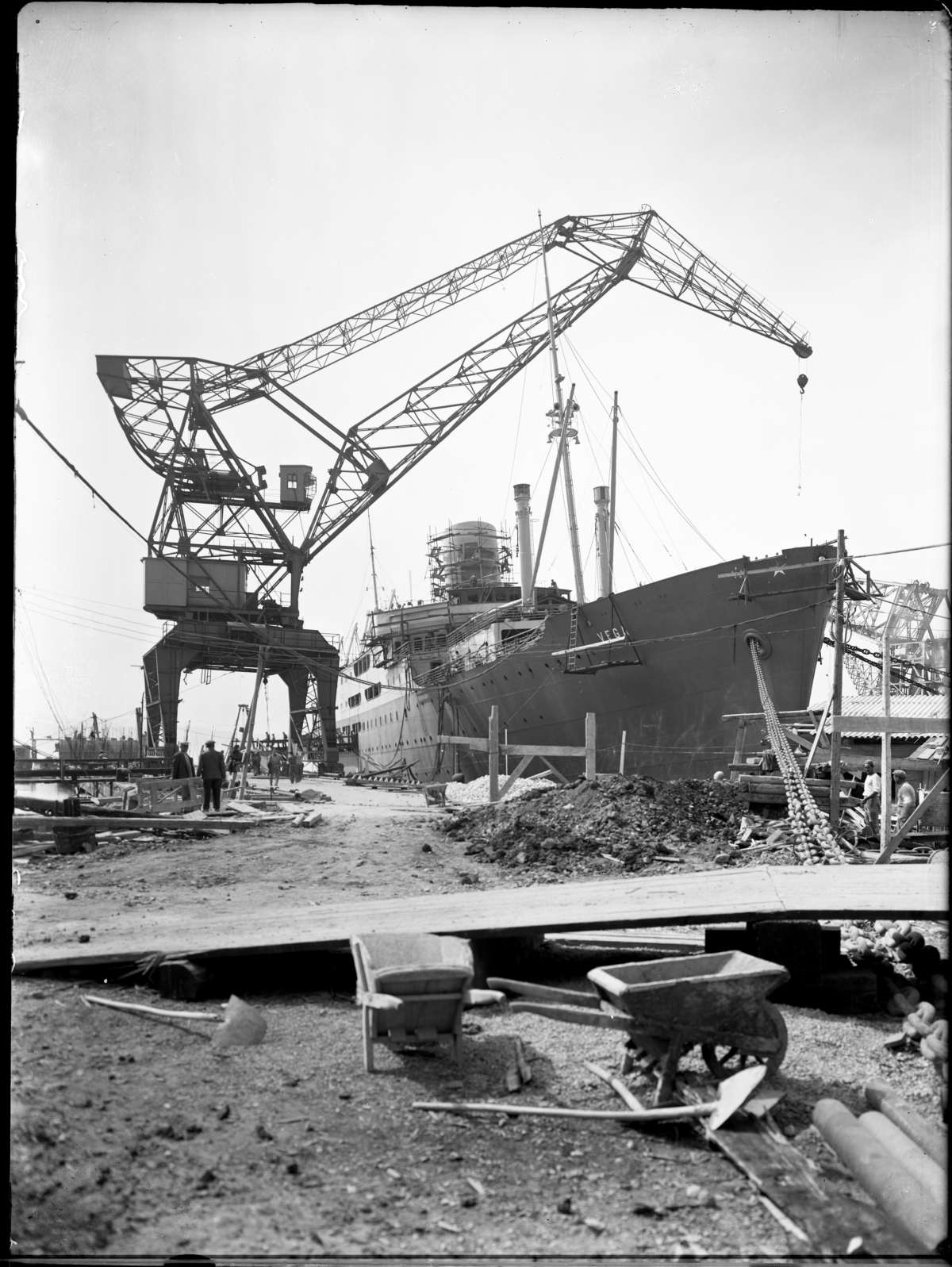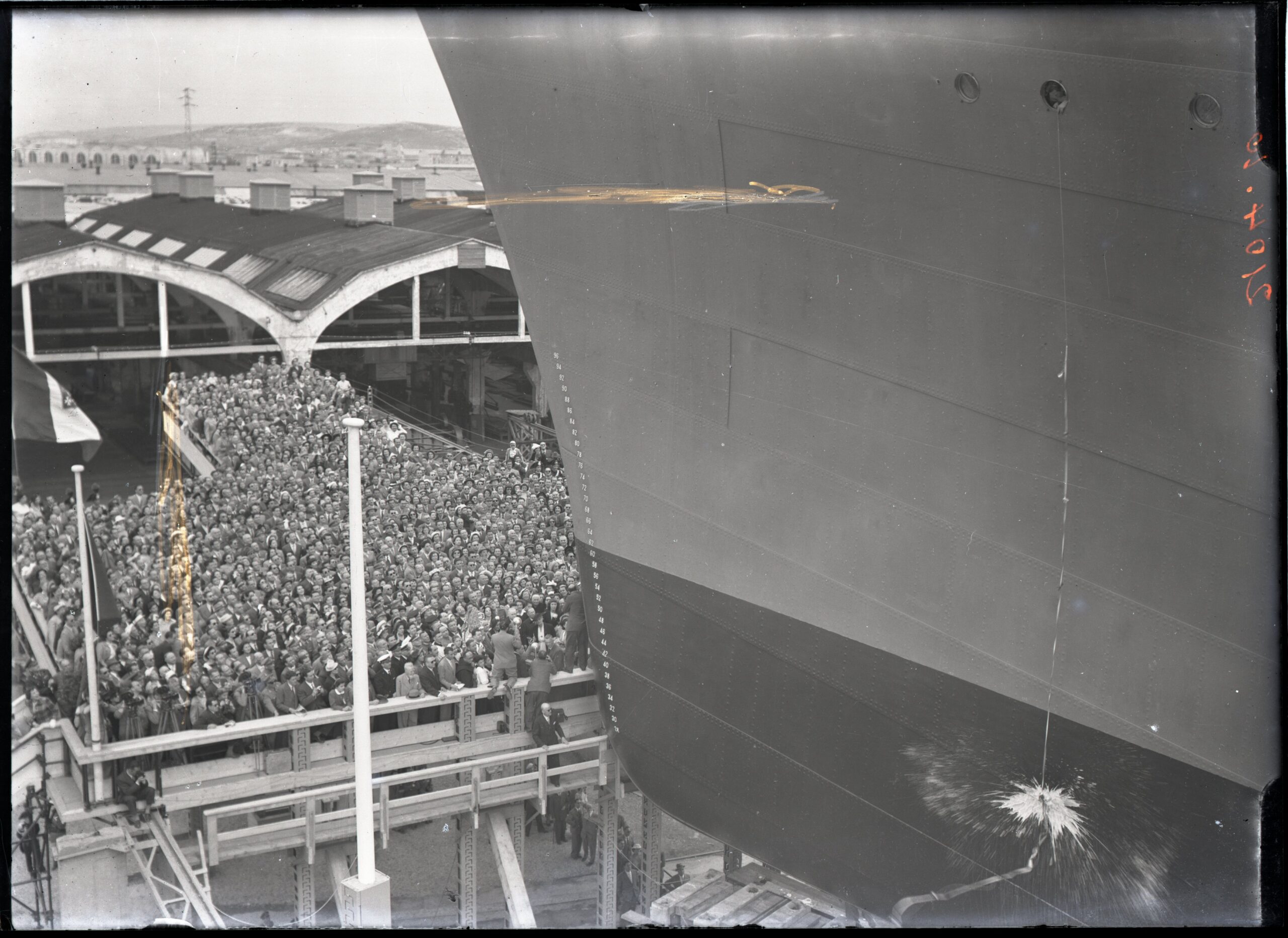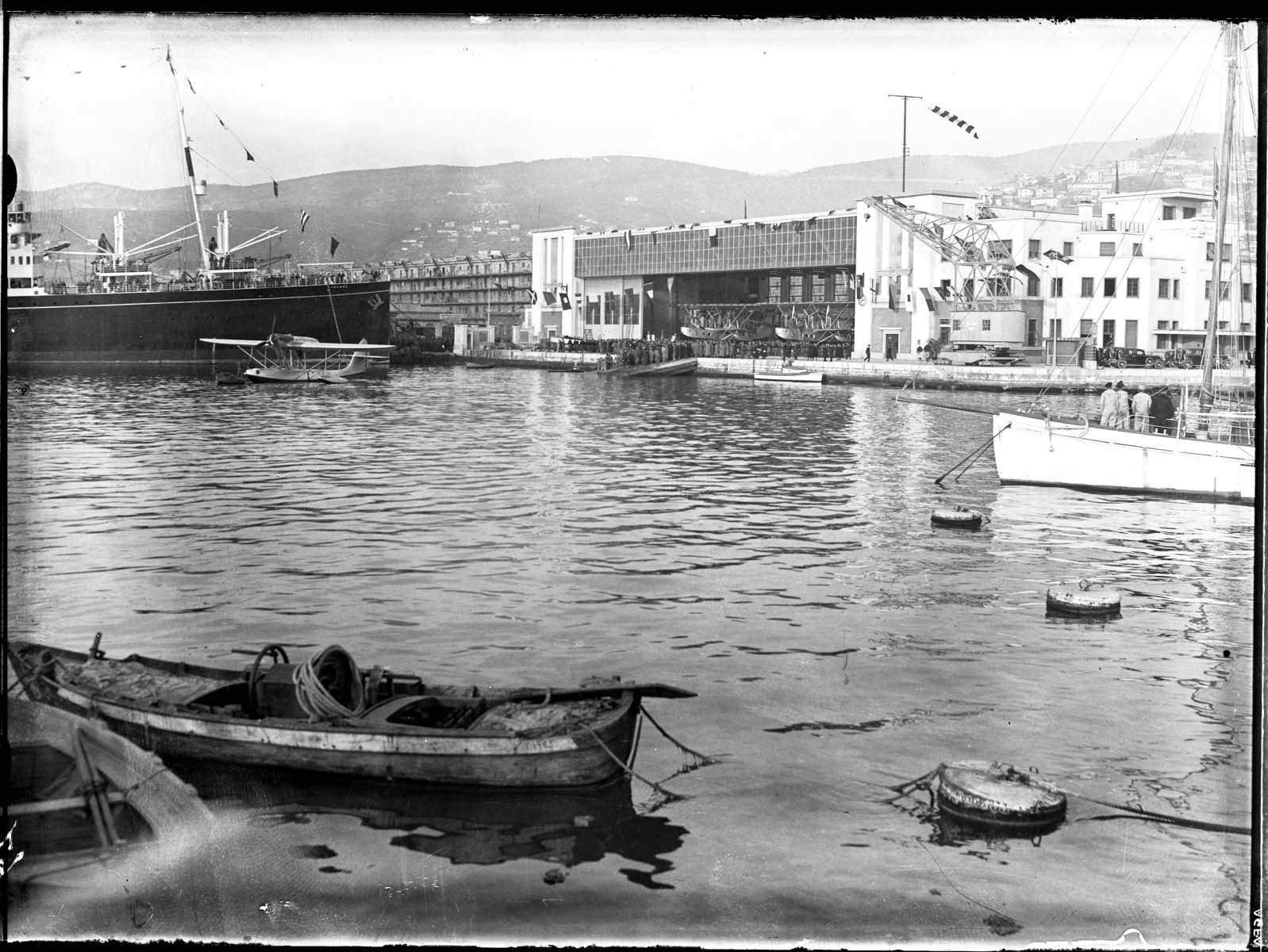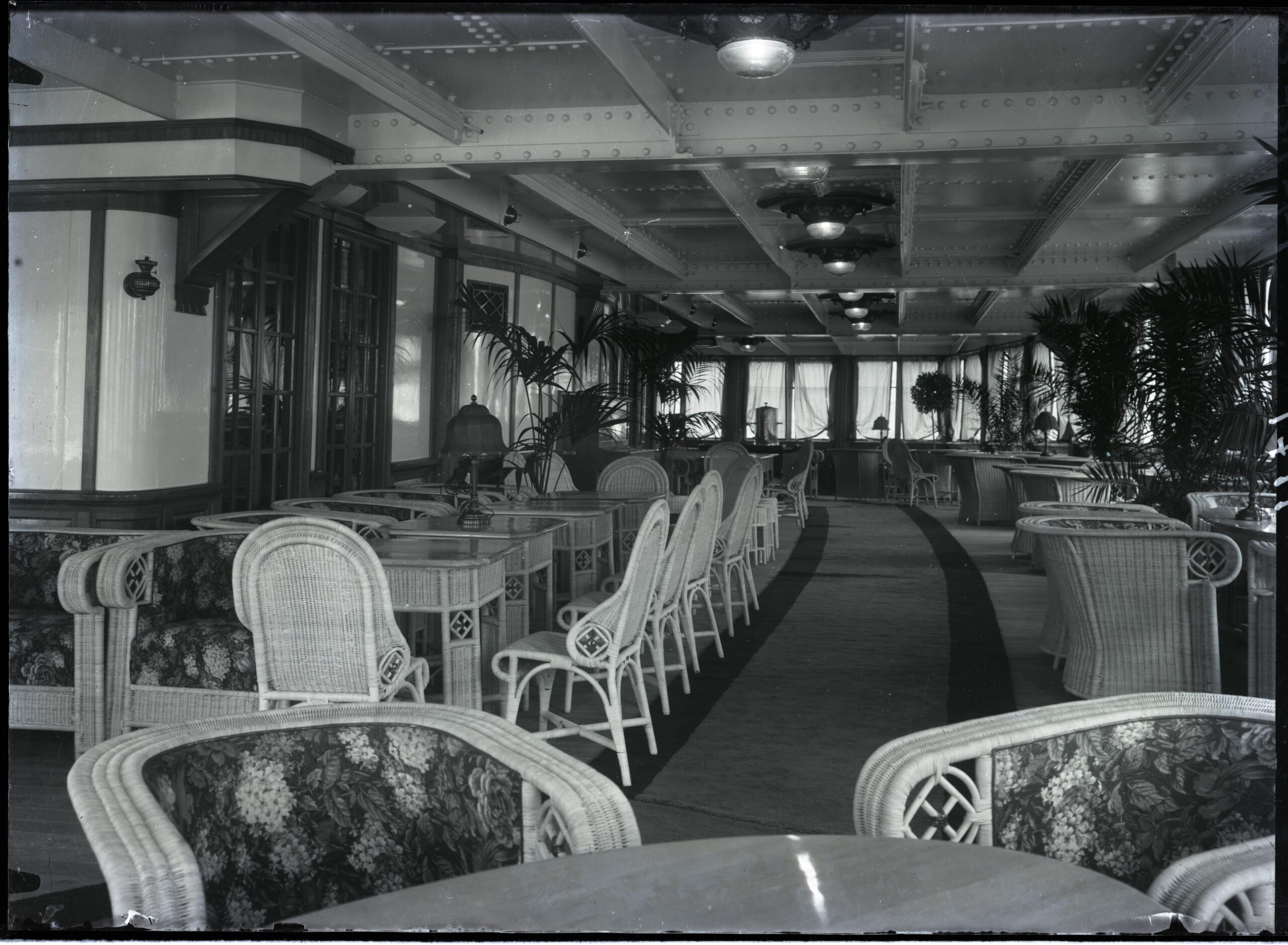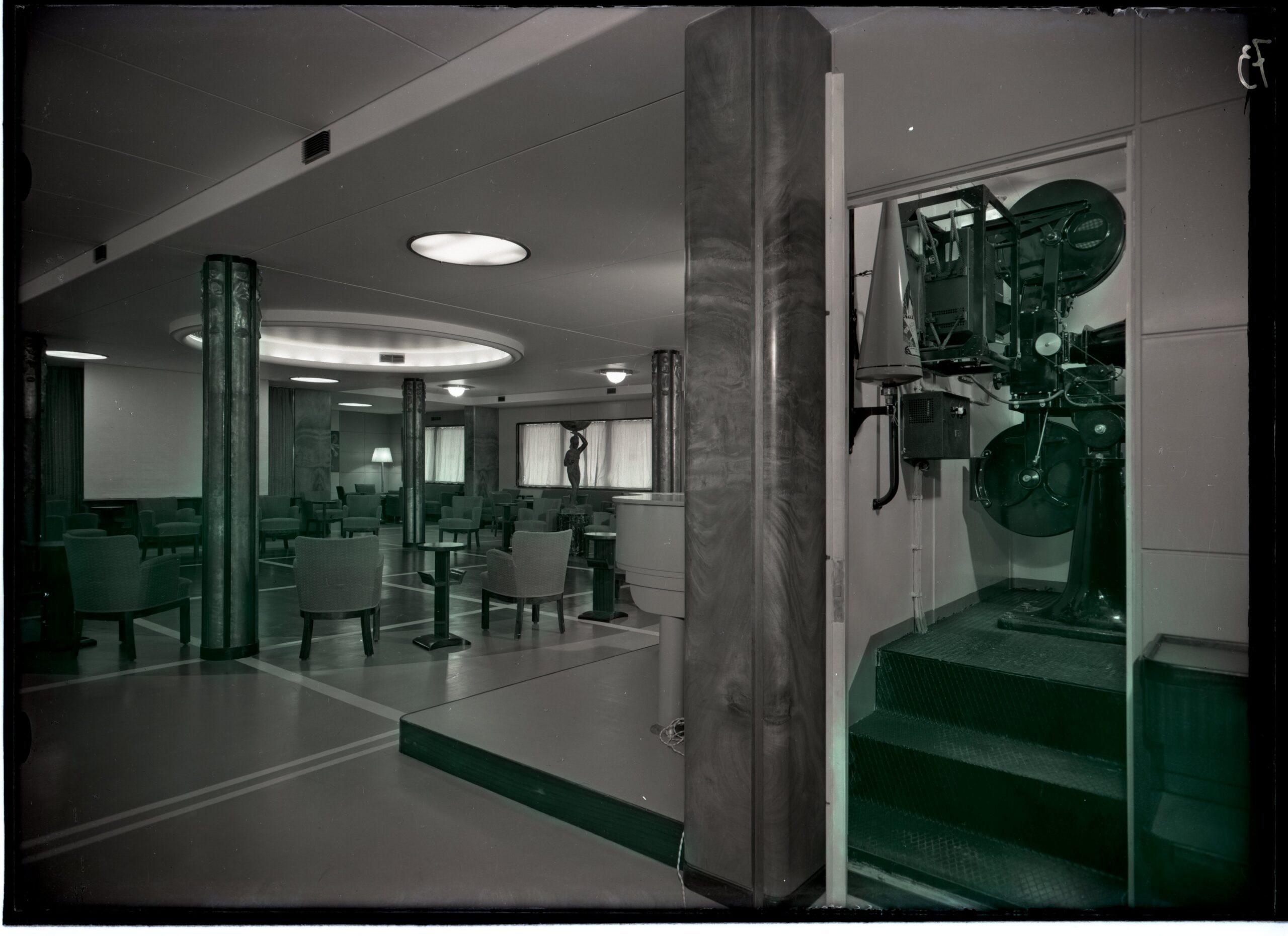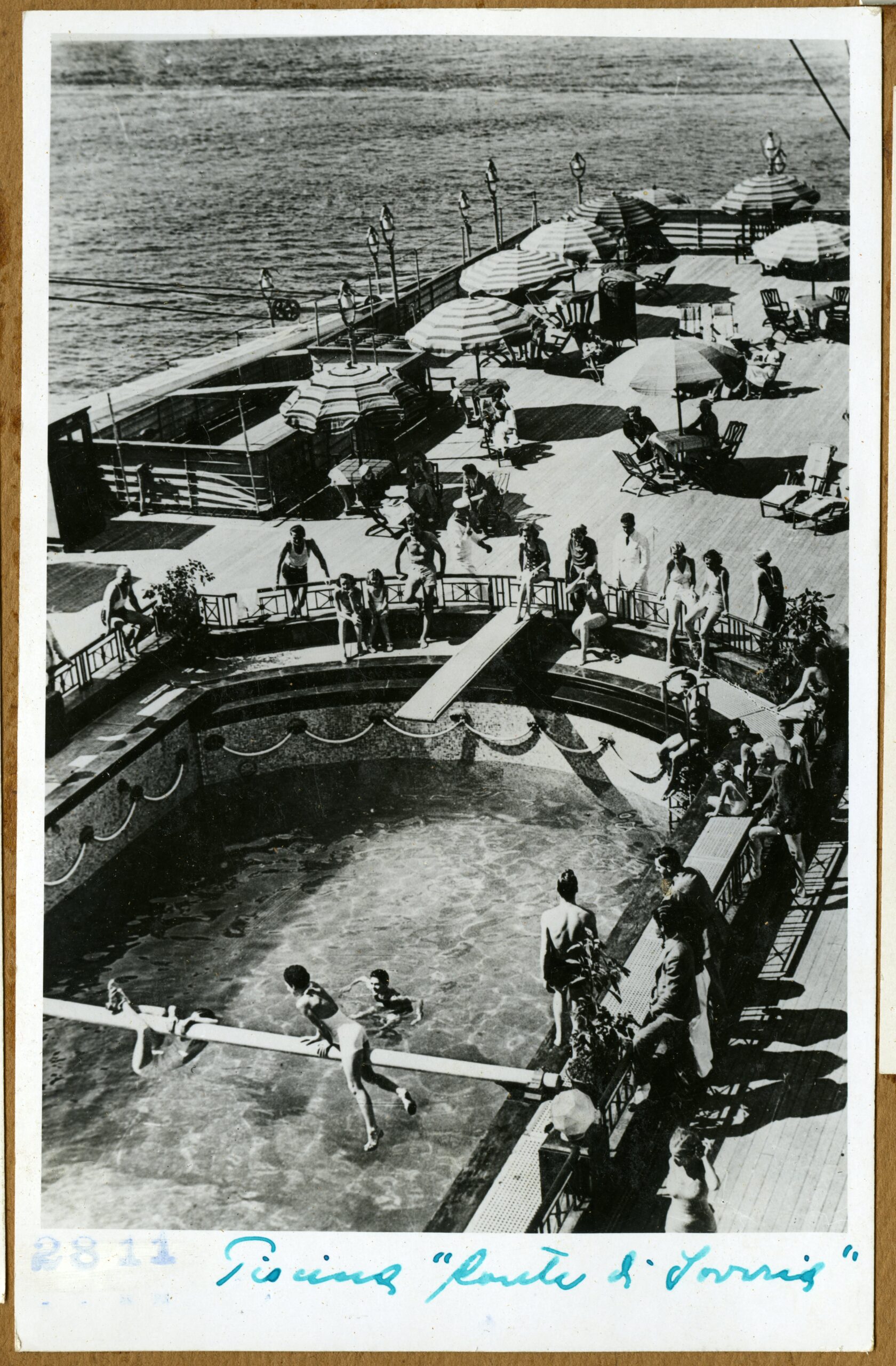Journey into modernity. 1924-1938 Trieste and the evolution of the liners
In the naval history of Trieste, the construction of the transatlantic liner Saturnia (begun in 1924) marks the beginning of a development phase driven by Italy’s need to gain a significant position among the nations (with their respective shipyards and shipping companies) in commercial and image competition.
This evolution has involved both technological aspects and the quality of the interior fittings and services offered to travellers. Characterizing elements present in the images and documents relating to the liners built in Trieste from Saturnia up to the launch of the motor vessel Vega (1938).
A large part of these ships are present here.
In the early 1920s, transoceanic connections interrupted during the Great War, resumed regularly: the increasing restrictions on immigration introduced in the United States (and in some countries also on emigration) reduced migratory flows, and therefore the demand for cheap but uncomfortable travel. Instead, there was an increase in wealthier travellers, attracted by the luxury and speed of travel on modern transatlantic liners.
The most important shipping companies therefore competed to intercept this changing market by ordering new ships from shipyards that could meet the needs of an elite clientele. Larger, faster, more luxurious and comfortable ships were needed.
At the same time, shipbuilding faced an initial surge in orders to restore war losses, followed by a sharp contraction. The United Kingdom was still the world giant in shipbuilding, but the difficulty of the large English and Scottish shipyards in adapting to the rapidly changing market and the revaluation of the pound undermined their competitiveness. Shipyards in the most industrialized countries, committed to having an autonomous production capacity, took advantage of this. Some, like in Italy, adopted protectionist policies and financial support that in Italy would lead to state control of both shipyards and shipping companies during the 1930s.
Trieste, annexed to the Kingdom of Italy a few years ago, with its shipyards is, like Genoa, one of the main protagonists of this reorganization of the maritime industry. Thus, the purchases of passenger ships from English shipyards by Italian shipowners ceased, who ordered new units from national shipyards that also had the aim of promoting the image of Italy in the world.
These were in fact years in which the artistic avant-gardes interpreted in different ways and places a new aesthetic sensitive to technical and functional aspects and which aimed to combine modernity, elegance and technology. The Trieste constructions thus found themselves at the center of a renewal that integrated the decoration of the interiors of the ships with their technical structure.
